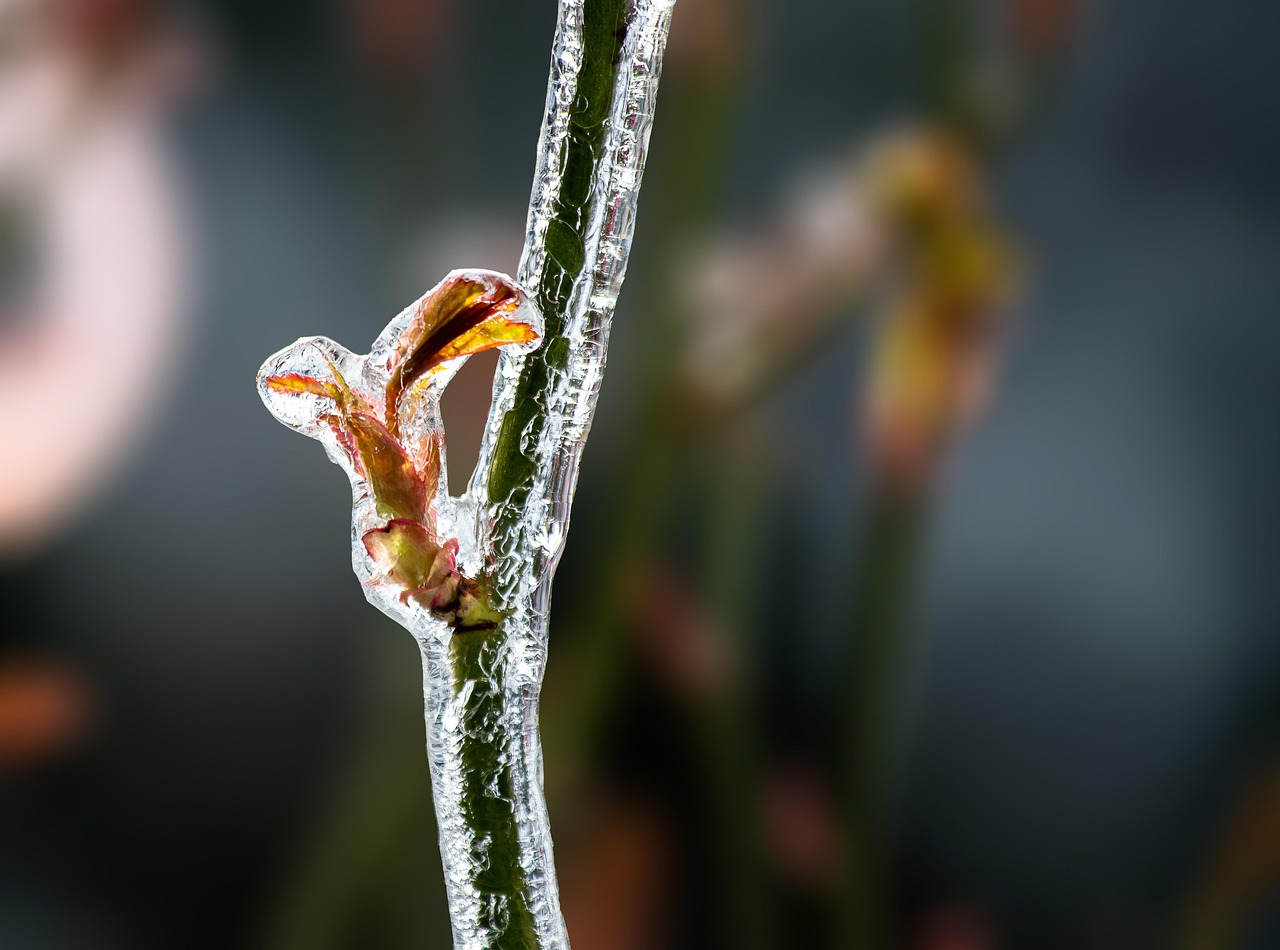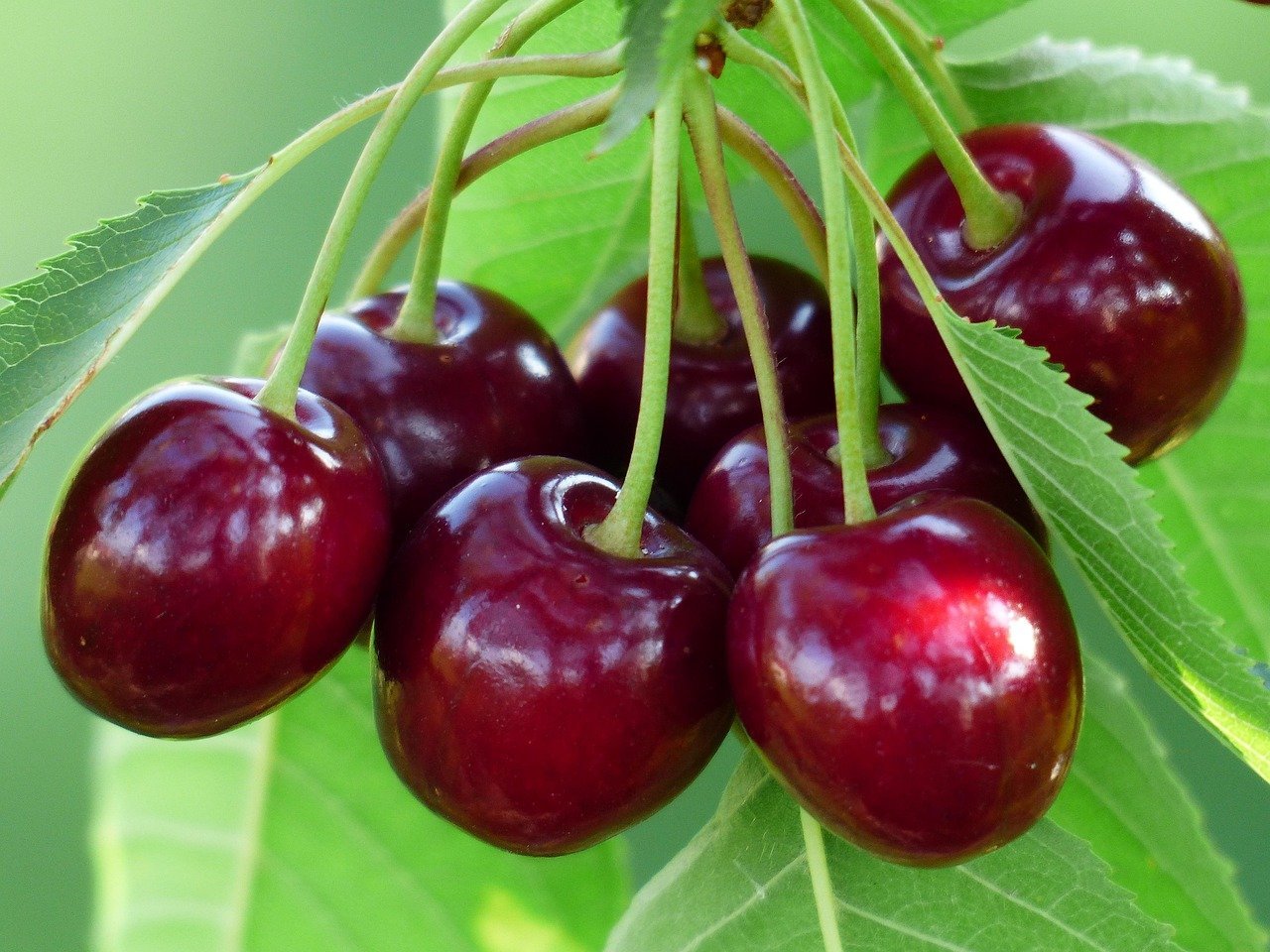
The April frosts affected 80 percent of the domestic fruit-growing area.Continue reading

Hungarian cherry growers are facing a disastrous season. Despite precautions against the expected frosts in April, massive damage to the growing areas was unavoidable, according to the FruitVeB Hungarian Fruit and Vegetable Interbranch Organization and Product Council. Experts are forecasting the weakest cherry harvest in a quarter of a century.
Cherry production in Hungary is already characterized by strong fluctuations and a decline in cultivation area. While there are modern, high-yield plantations, the majority of production (80-90 percent) takes place in semi-intensive systems, which increases vulnerability to weather influences. The area under cultivation has fallen to around 2.500 hectares in recent years, with the most important growing areas located in the counties of Pest, Heves, and Szabolcs-Szatmár-Bereg.
The decline is attributed to increasingly uncertain weather conditions and a shortage of labor.
According to the analysis, the necessary investments in more modern cultivation methods that could increase yield security are costly.
Hungarian cherry exports and imports have fluctuated between 1,200 and 2,000 tons in recent years. The harvest volume is extremely weather-dependent. While normal years yield 10,000-12,000 tons, the frost years of 2020-2021 saw harvests of barely 5,000 tons.
After an initially normal start to the growing season this year, which gave hope for a harvest within the usual time frame, the frosts struck mercilessly in early April.
With the exception of a few regions such as the area around Lake Balaton, almost 90 percent of Hungary’s fruit-growing areas suffered moderate to severe frost damage.
Temperatures dropped to as low as -8 degrees Celsius in some regions.
Although farmers had been alerted to the expected frosts, the so-called “transported frost” that occurred was almost impossible to combat, even with the most modern frost protection methods. In many areas, crop losses of 80 percent and more are expected.
Overall, Hungarian cherry cultivation, regardless of cultivation methods and frost protection measures, is facing its worst crop failure in 25 years.
Consumers must prepare for significantly lower quantities and probably higher prices, according to the statement.
Via fruitveb.hu; Featured photo: Pixabay